Analyzing Learning Styles & Theories in Human Resource Development
VerifiedAdded on 2023/04/11
|10
|442
|54
Essay
AI Summary
This essay provides a comparative analysis of different learning styles and theories relevant to Human Resource Development. It begins by comparing the VAK model, Kolb's learning model, and Honey & Mumford's learning style, highlighting the key factors and processes involved in each. The essay then discusses the role of the learning curve in enhancing learning and the importance of learning transfer in developing skills in the workplace. Finally, it examines the contribution of learning styles and theories in improving learning coursework, emphasizing the behaviorist, cognitive, and social learning approaches. The essay concludes by underscoring the significance of understanding and applying these learning concepts in HR development to foster employee growth and organizational success.
1 out of 10
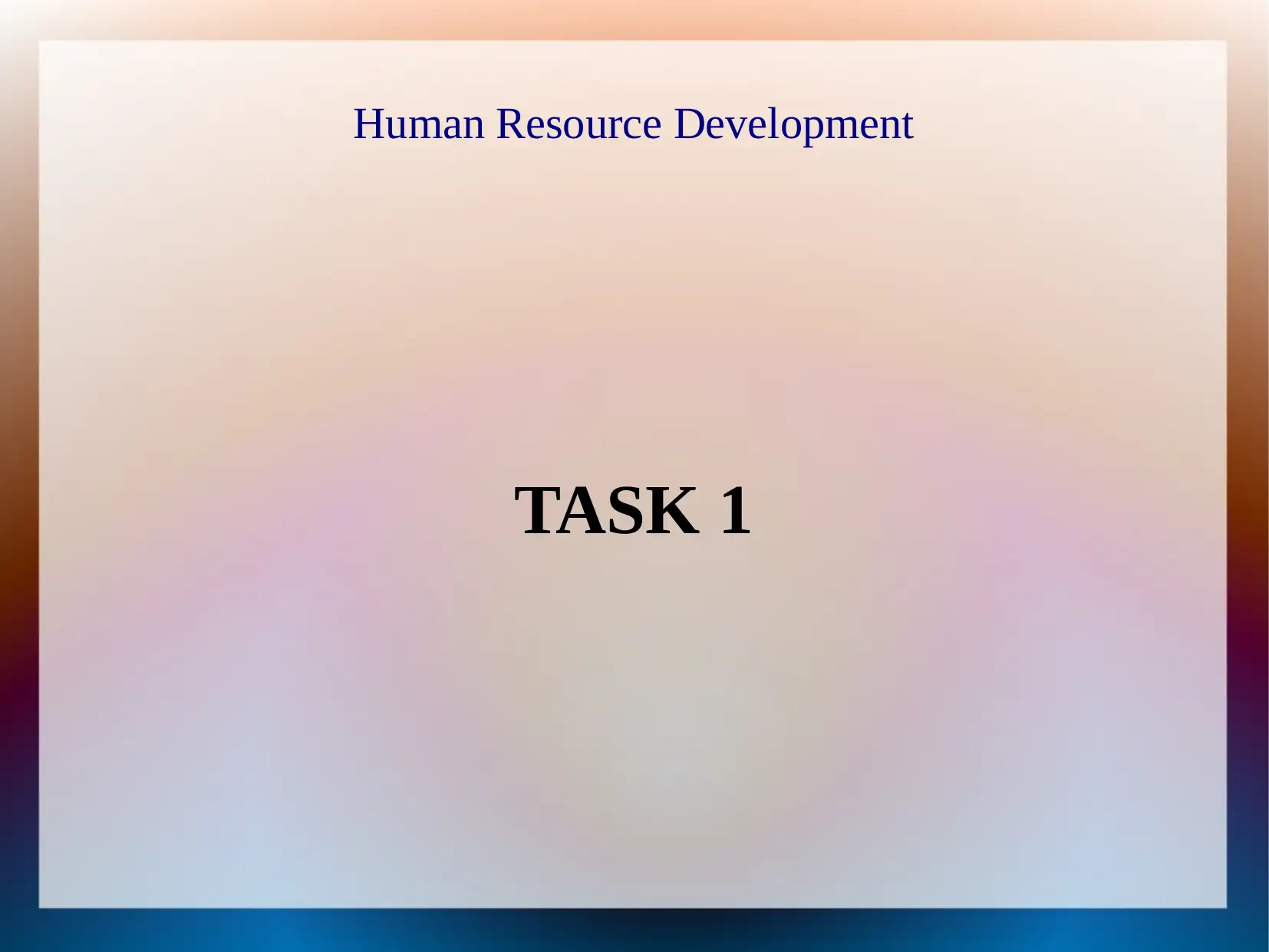
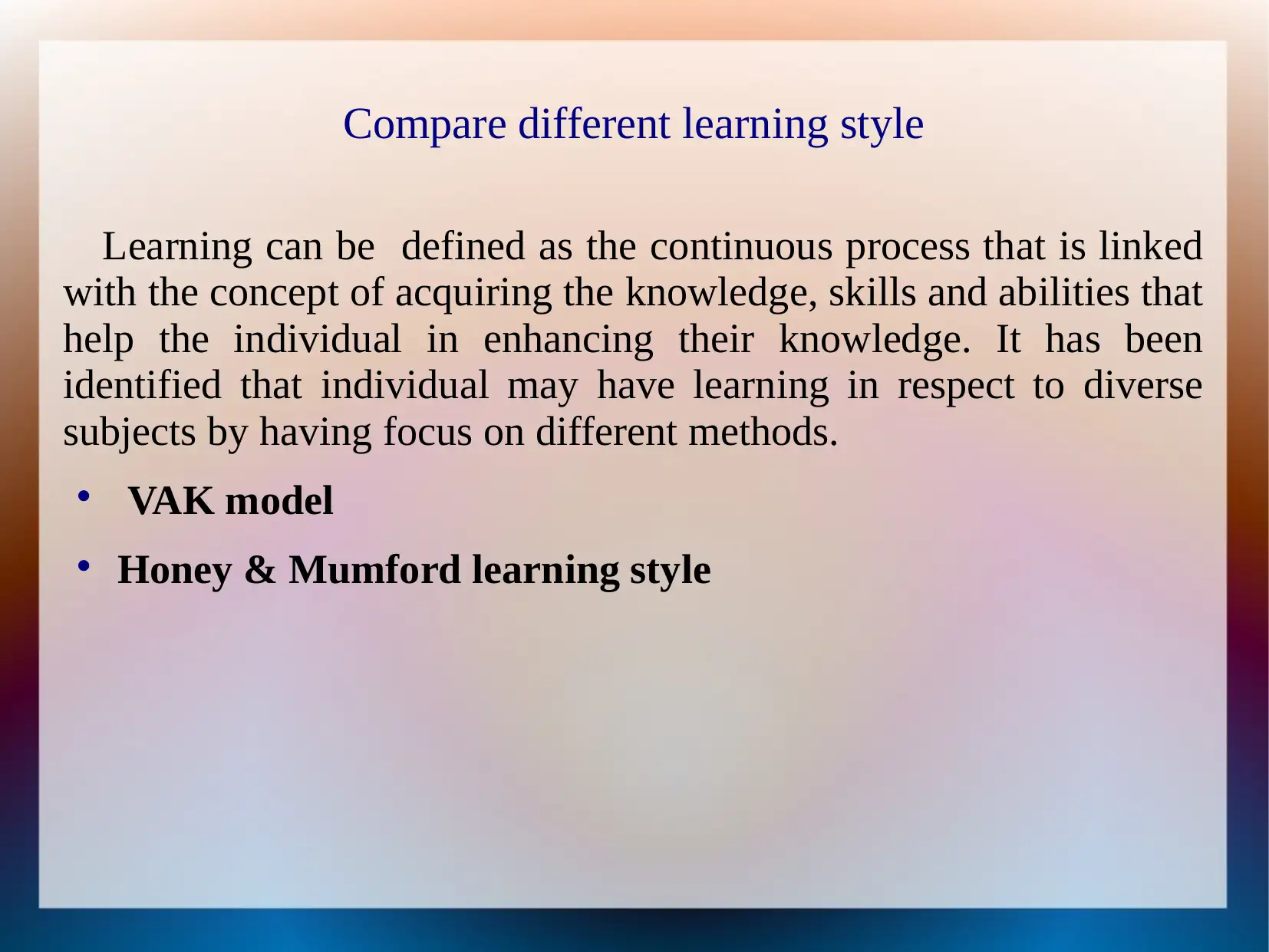
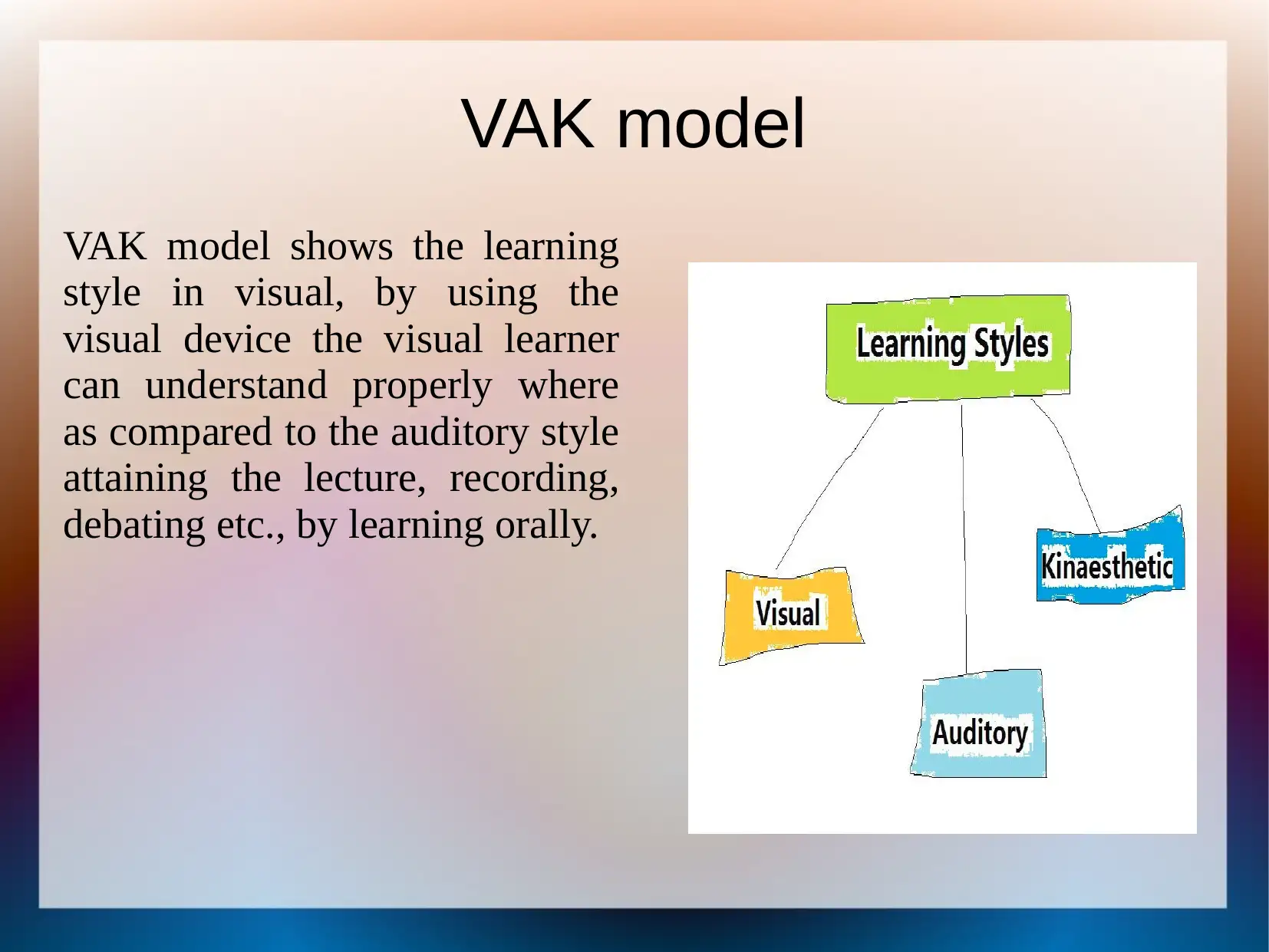

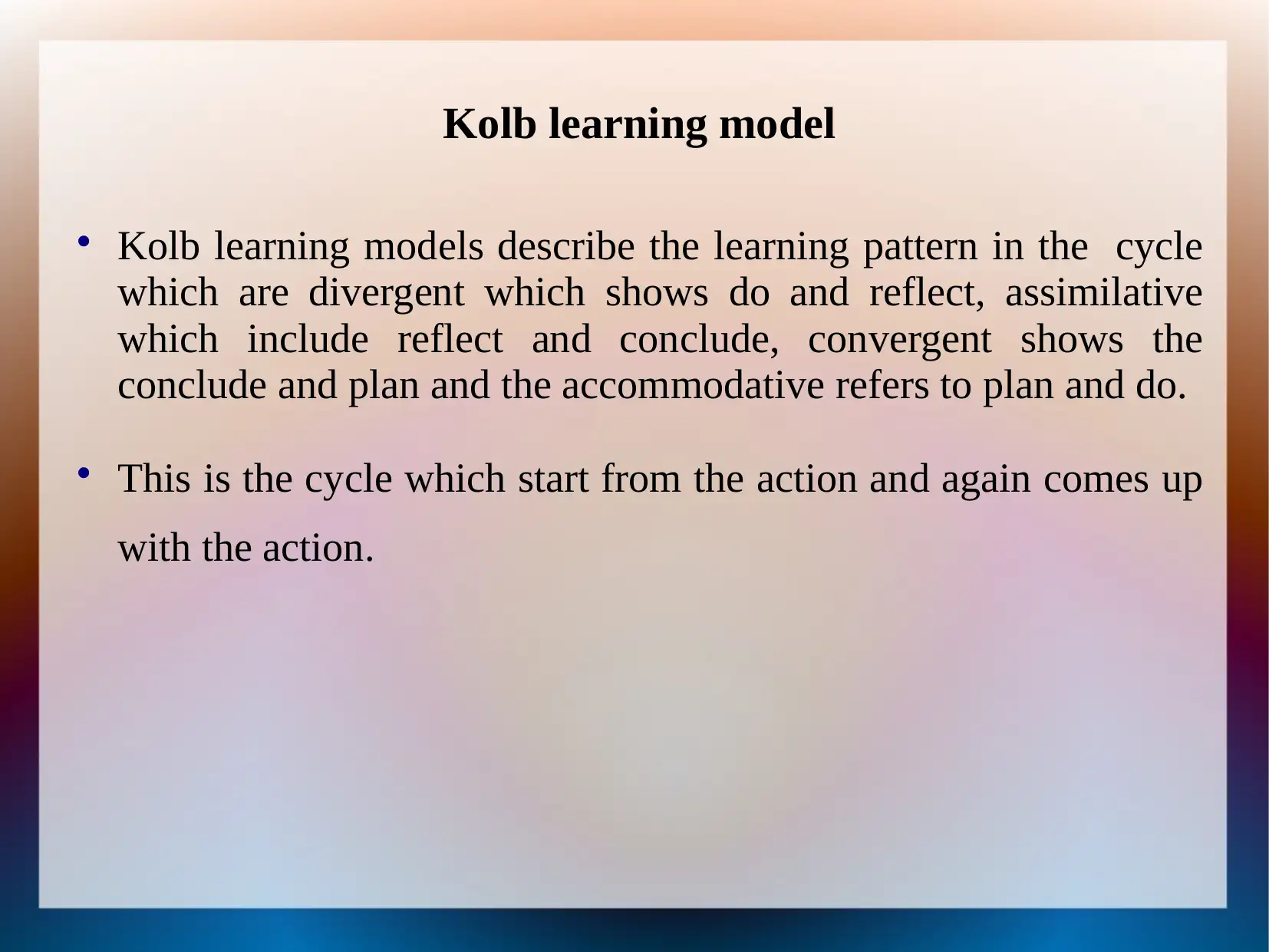
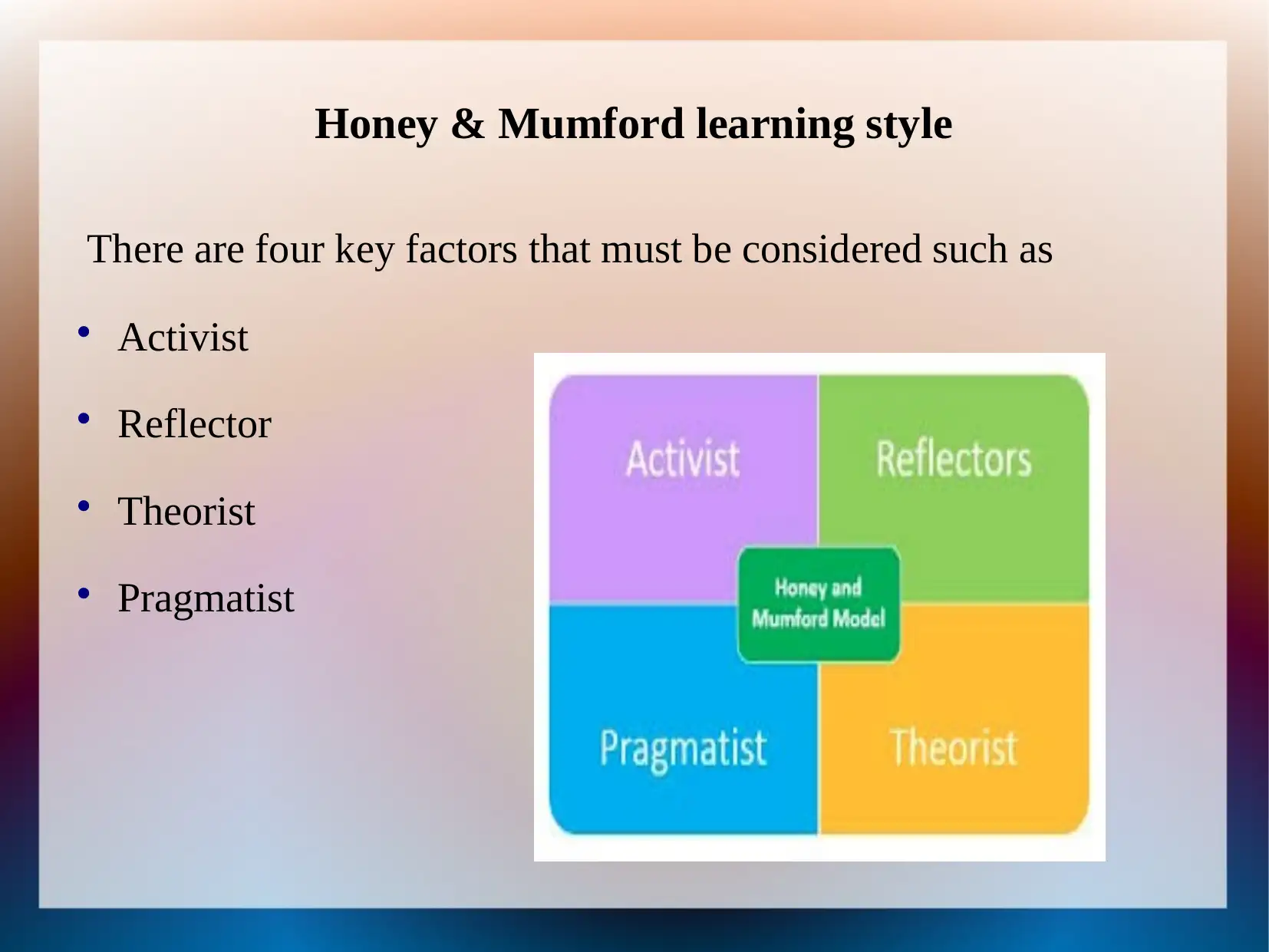
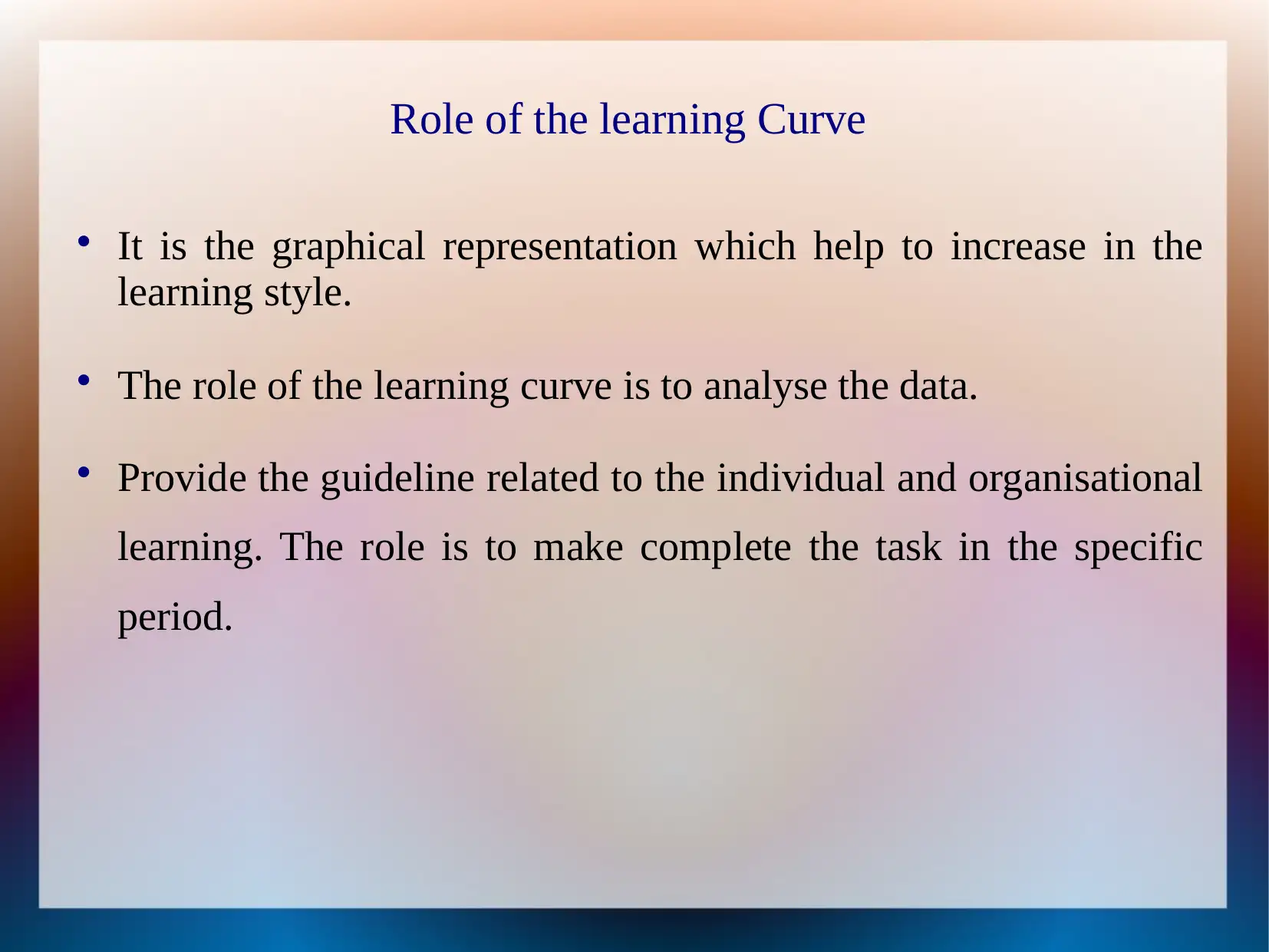
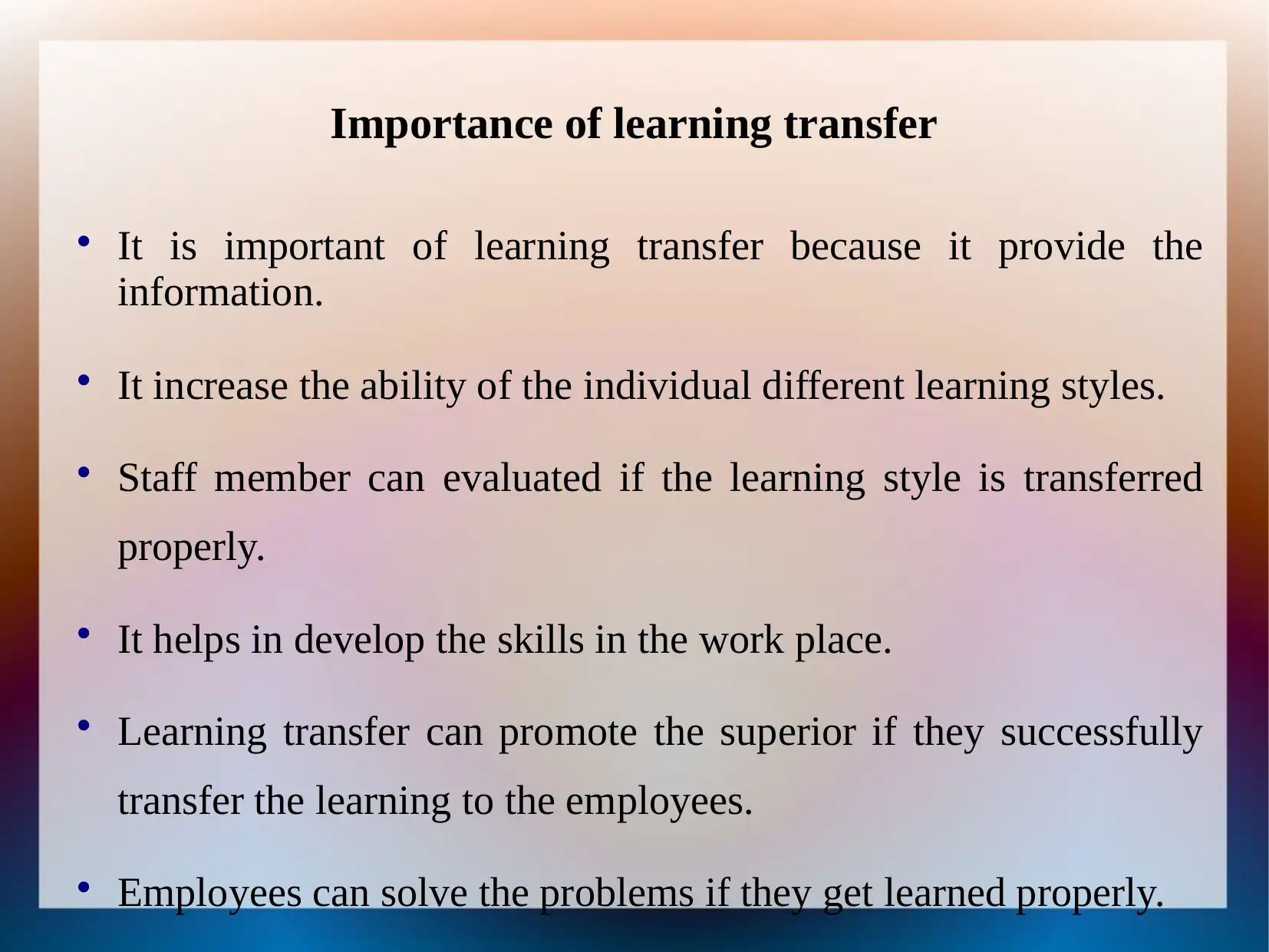
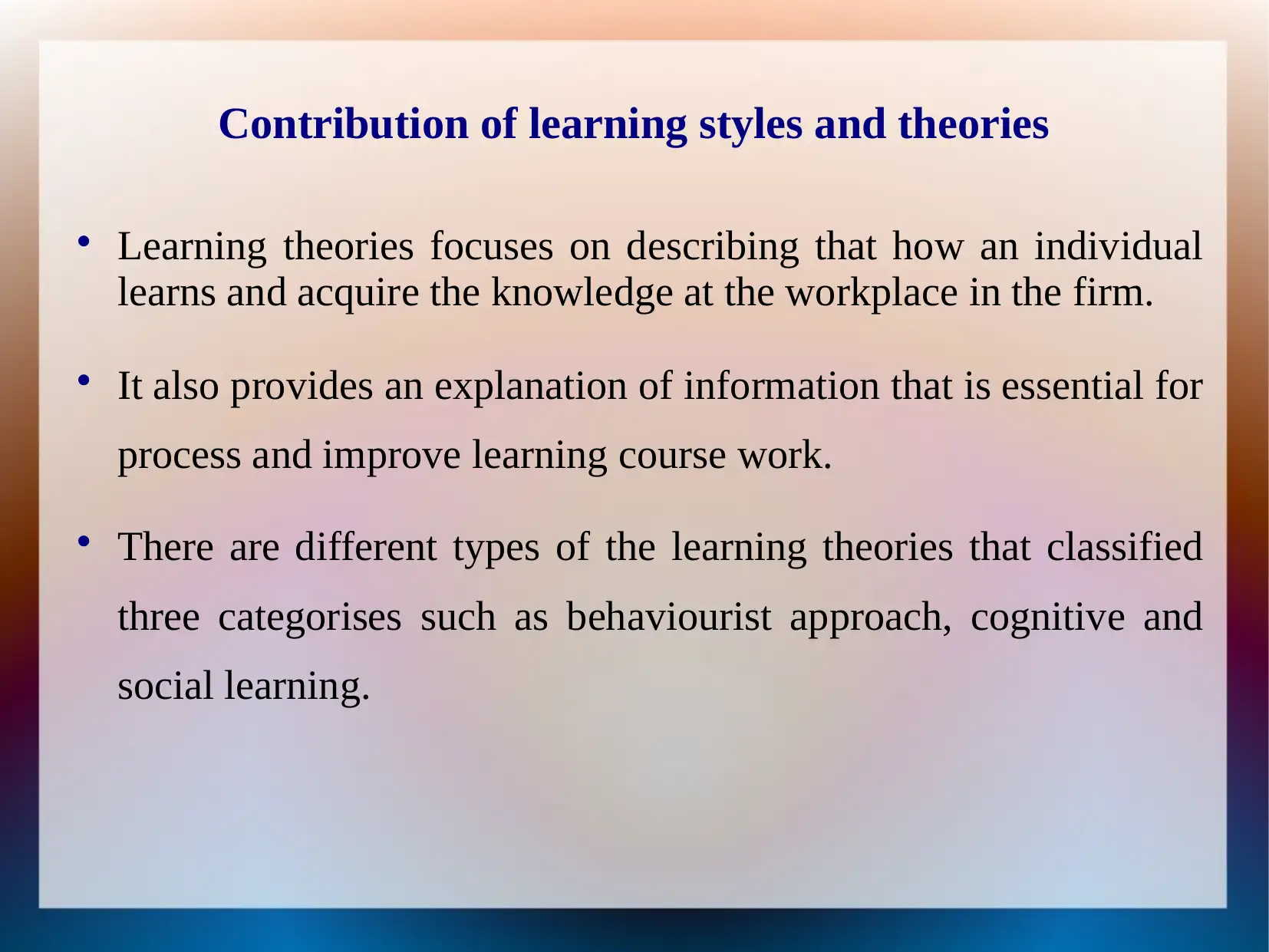
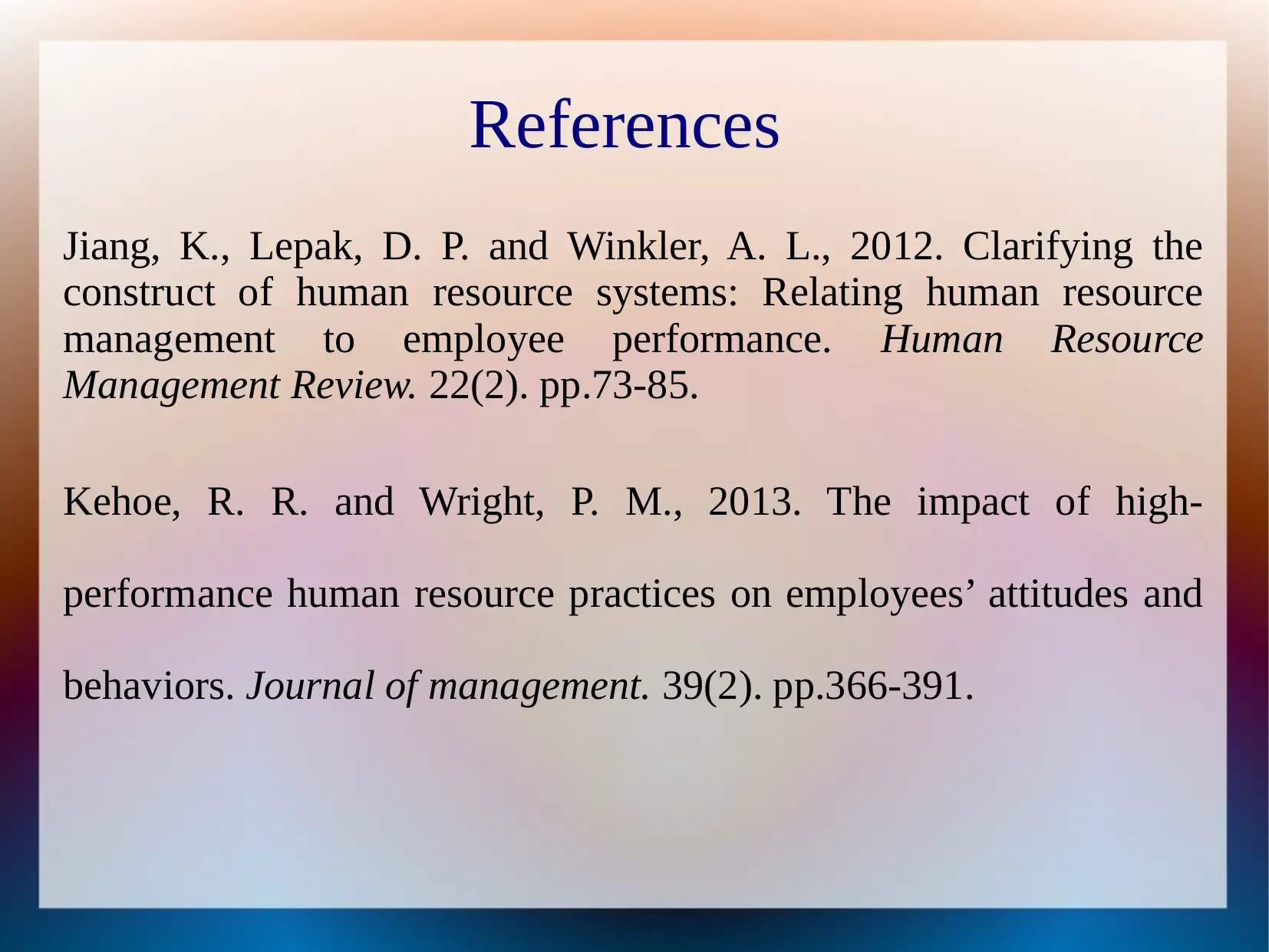







![[object Object]](/_next/static/media/star-bottom.7253800d.svg)